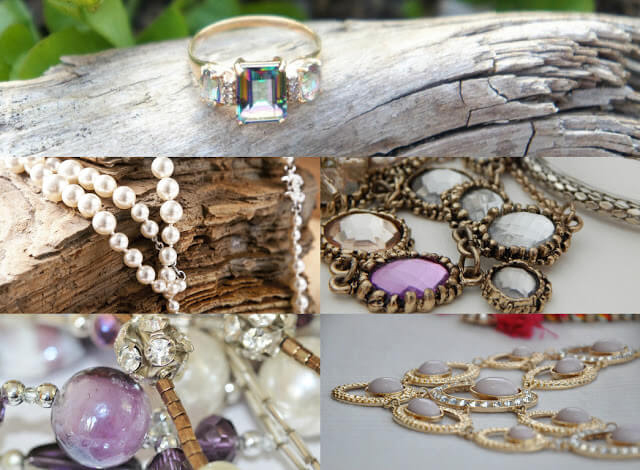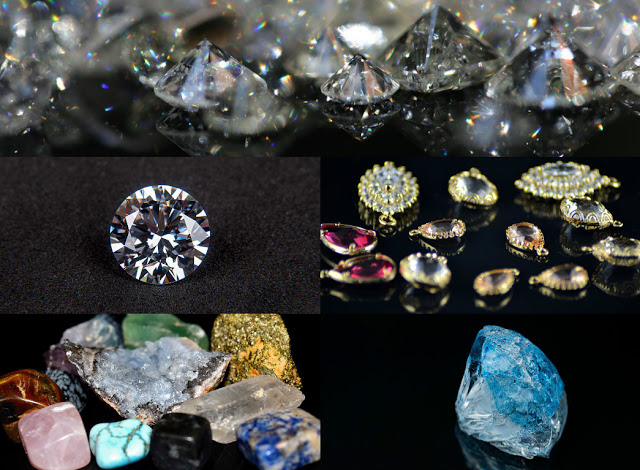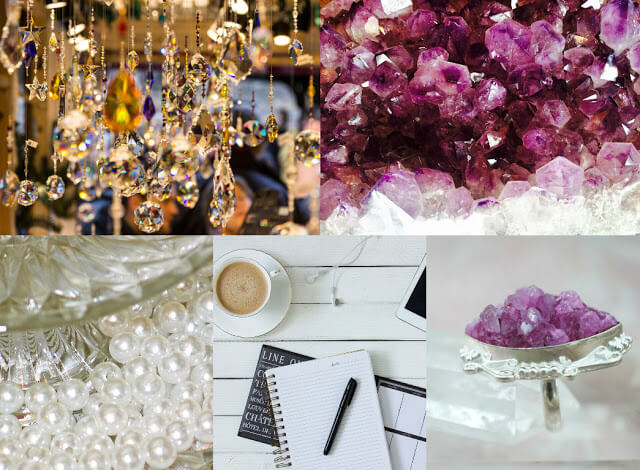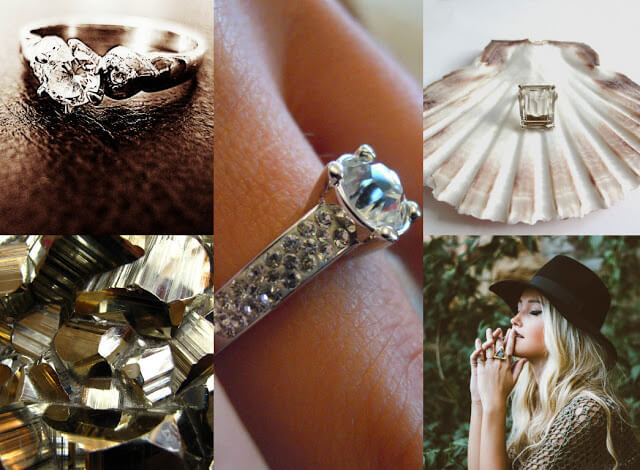The Little Black Book of Jewellery Terms
Reading Time:
1 min {{readingTime}} mins
Ever felt like you’ve stumbled into a foreign land of unknown territory like Alice falling into wonderland whilst a constant whirlwind of name-drops and fancy words are thrown your way? Welcome to the Jewellery world!
Welcome to the Benchpeg library of learning! Listen up and take note as there's a lot to be said for confidently slipping some technical babble into conversation to elevate your respect and cachet within the Jewellery world...


Assay Hallmark: The hallmark and coding indicating the office which has assayed a piece of Jewellery.
Baguette Cut: A gemstone which has been cut and set into a narrow rectangular shape. A tapered baguette is when the stone's two longer edges are tapered inwards.
Base Metal: A metal that is not classed as a noble or precious metal (gold, silver, platinum or palladium). Examples of base metals include copper, aluminium, zinc and nickel.
Bell cap: This is a metal cap that can be attached to the top of a diamond or bead to make it into a pendant.
Bezel setting: A setting that is often used on cabochon stones where the gemstone is held in place by a rim that completely surrounds and encircles the outer edge of the stone.
Cabochon: A stone with a polished surface consisting of a curved and doomed top and flat back. These stones are unfaceted making them ideal for a bezel setting.
Carat: This is a measure of weight used to measure the fineness of gold and gold alloy and the specific weight of precious stones. One carat equates to 200 milligrams with standard jewellers working with gold of 14 and 18 carats.
Clarity: This refers to a diamonds' degree of purity and number of inclusions or blemishes present in the stone such as visible and internal scratches. The fewer the number and the less prominent the inclusions, the higher the clarity of the diamond.
Claw: Also named a prong setting whereby a larger stone is held in place by 'v' shaped 'claw' extensions of metal.
Cluster setting: A setting consisting of a larger central stone surrounded by a selection of smaller stones.
Crown: This is the upper side or 'top' surface of a diamond. It refers to the cut section of a gemstone above the girdle.
Facet: This is any flat and polished surface of a cut gemstone. These flat cuts are designed in terms of placement and angle by the maker to exhibit the stone's beauty in its' fullest potential.
Flux: A material used within the soldering process of base metals.
Girdle: This is the outer edge of a cut stone. It is the widest part of the stone separating the crown and the pavilion with a dividing line.
Hallmark: This is a stamped mark on a product of gold, silver or platform performed by the assay office. The hallmark identifies that the piece of jewellery has been fully tested and contains the industry's correct content standard of precious metal by law.


Inclusion: Inclusions refer to the internal characteristics that can be seen within a precious stone. These include impurities, crystals, cracks and bubbles and are what make each stone unique in formation and quality.
Loupe: This is a small magnifying glass held by the gemologist when identifying and grading precious stones.
Lustre: This refers to a minerals' physical property and the degree of light reflectivity upon its surface.
MOHS scale: This is the industry standard to measuring a stone's hardness using a number measure from 1 -10. This measure also determines how resistant a stone is to getting scratched.
Palladium: A white precious metal belonging to the platinum family.
Patina: This is the discolouration that can often be found on silver and bronze metals intentionally used by the artist as part of the jewellery design. This paving technique can also be artificially curated through the use of chemical interference and oxidisation.
Pave: This is a design setting whereby stones are set across the entire surface of a jewel without apparent or visible spacing. This setting is often used with diamonds, brilliants and pearls.
Pavilion: This term refers to the bottom or lower cut section of a stone beneath the girdle.
Princess cut: A square-cut diamond.
Scintillation: This is when light is reflected from the surface of a diamond stone. Often projected as sparkly flashes that are created from the facets of the stone.
Solitaire: A single gemstone or diamond set in mounting by itself.
Shank: This is the hoop part of a ring where the finger is placed.
Soldering: A method process where metals parts or pieces are joined together.
Torsade: This consists of twisted bands of pearls which are secured by a clasp.
Vermeil: Jewellery made of gold vermeil comprises of solid sterling silver metal which has then been plated in gold. Vermeil also refers to gilded silver.
Wire Wrapping: This is a method consisting of beads or stones that have been wrapped and secured with metal wiring. This technique is often used to make pendants whereby a decorative pattern can be created within the wire wrapping as part of the final design.


All Images Sourced & Copyrighted to Pixabay & Unsplash
Author:
Published:









